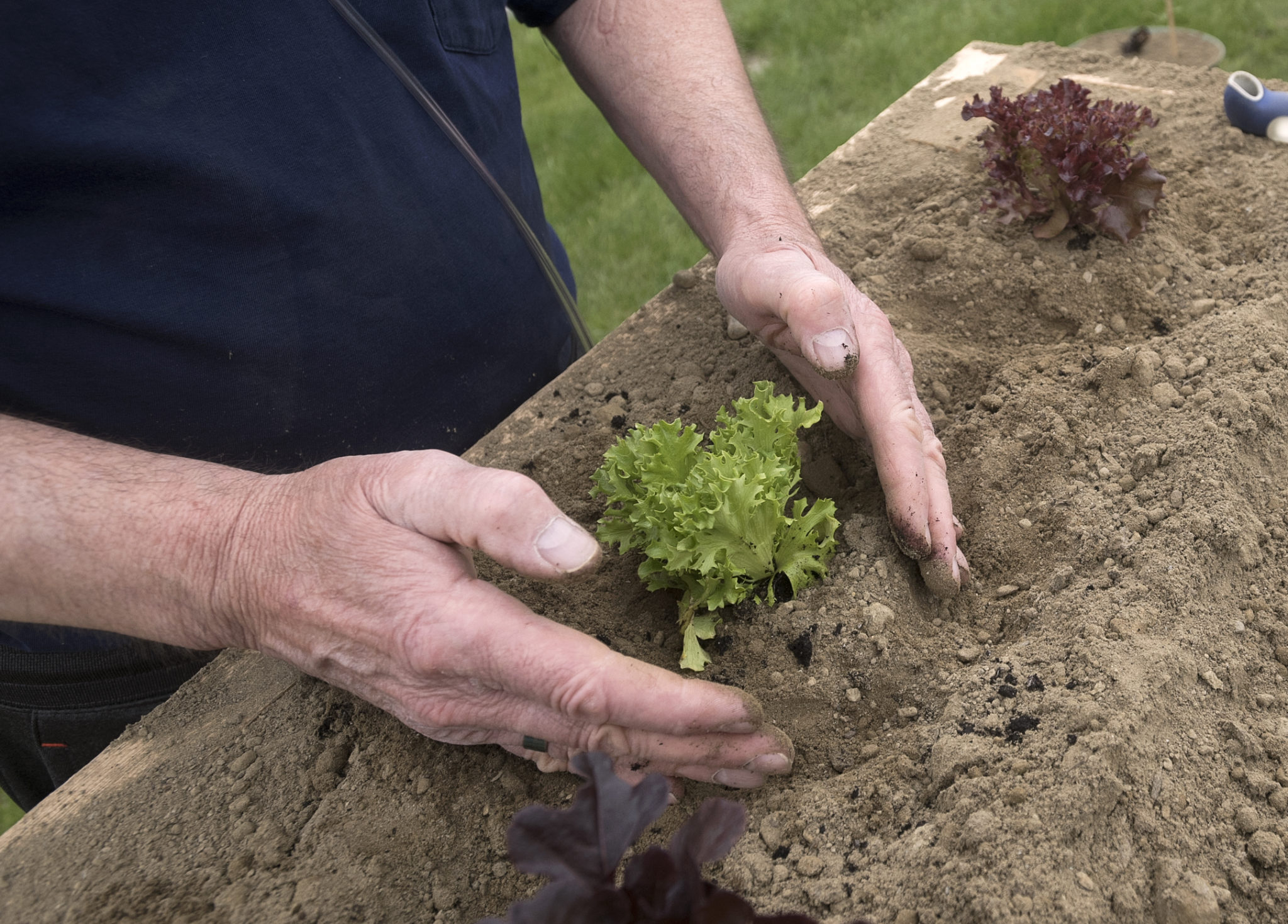How crop rotation can help you have a healthy garden
Crop rotation is an easy and cheap way to have a healthy and productive garden. Learn how to get started in this excerpt from The Backyard Gardener by Kelly Orzel.

Organic Growing Practices
There’s a personal satisfaction in growing a bountiful harvest using nature as your guide. When planning and growing a garden, there is a wide array of tools we can use to strengthen plants’ health, success, and productivity. Today, there are all sorts of buzzwords like organic, sustainable, ecological, natural, biodynamic, and permaculture to describe how to grow plants without the use of synthetic chemicals and pesticides. And the best part is, most of these methods are free!
Unsustainable garden practices like the overuse of fertilizers, tilling, herbicides, and pesticides deplete the soil of its inherent goodness. The goal is to use the following techniques in combination with one another to restore your soil to its rich, natural state, thereby boosting the quality and yield of your vegetable harvest.
Crop rotation
One of the easiest and cheapest ways to a healthy and productive garden is to implement a crop rotation strategy. This is an essential technique with many benefits that should be implemented in every kitchen garden. Cycling vegetables around the garden improves soil fertility and reduces weed, insect, and disease problems. While all plants require a hearty dose of macronutrients, nitrogen (N), phosphorus (P), and potassium (K), each will benefit from a heightened application of one or more depending on the type of crop. For instance, cabbage—a leafy vegetable—enjoys a bed with an abundance of nitrogen in the soil, which it uses to make full, generous heads. However, if potatoes were grown in such a bed, you would be disappointed with the size and amount of spuds, since the extra nitrogen would result in more green growth rather than potato production. By moving your vegetables throughout the garden, you prevent any one crop from depleting the soil of any one nutrient.
Weeds are not fans of this approach. Planting a timely sequence of vegetables with diverse characteristics and needs diminishes the tendency for specific weeds to adapt and become problematic. Also, steady sowings and harvesting stop weeds from gaining a foothold in the garden.
Without regular rotation schedules, insects and disease can overwinter in your soil and create even bigger problems than you had the previous season. If you change vegetable placement from year to year, when insects emerge from the ground in spring, they’ll be disappointed to find their food source gone and move on to a more fruitful hunting ground. Diseases can overwinter in your soil as well, and you certainly don’t want them to wake up and infect your new seedlings just as they are establishing themselves.
There are many ways to plan your crop rotation; you can group them by edible parts, nutrient demands, plant families, or a combination thereof. Related annual vegetables should never be planted in the same location for two or more years in a row, so a three-year cycle (legume and fruit; brassicas; root, shoot, onion, and leaf OR leaf, fruit, and root crops) should be mandatory. It is the simplest to manage and ensures that no single crop will exhaust the soil of its nutrients. Four- or five-year rotation plans are ideal, as the more you move vegetables through the garden, the more each crop uses the soil’s fertility efficiently while simultaneously making it a difficult place for weeds to establish and preventing insect and disease buildup.
I prefer employing a combination of nutrient demands and plant familial relationships in my rotation strategy, with an annual application of compost being the only amendment added. My first kitchen garden had four raised beds: legumes, brassicas (cabbage family), root crops, and nightshades (Solanaceae family). I started with peas and beans (legumes) since they are amazing soil boosters, followed by the heavy feeder brassicas, who thrive on the newly added excess nitrogen. Then the root crops like carrots, celery, onions, beets, and garlic break up the soil. They are particularly happy that the brassicas ate up all the nitrogen, as too much results in abundant leafy top-growth and small roots. Next in the bed are the nightshades, which do not have a particularly high nitrogen demand, but benefit from the previously unused phosphorus and potassium that strengthens bud and fruit development. Over the years I’ve expanded the garden to include additional beds for the gourd (Cucurbits), onion (Alliaceae), and carrot (Apiaceae) families.
There are precious few vegetables that don’t circle through the garden. Perennials like asparagus, artichoke, and rhubarb shouldn’t be moved. It typically takes them two to three years until they are established enough to have a steady, tasty harvest. So be sure to think ahead and consider where you plant them, since they are going to be there for the long haul.
Arugula, endive, lettuce, onions, radishes, spinach, and swiss chard are a few vegetables that do not suffer from lack of movement in the garden and can be planted in whichever bed you have room. They are remarkably forgiving, and neither quality nor yield is sacrificed. And, as a bonus, many of these vegetables are quick to mature and do not take up a lot of space. Also, keep in mind that kitchen gardens are dynamic, meaning that you may need to change or alter your strategy based on insects, disease, or space.
Annual Crop Rotation Using 4 Beds
| Bed 1 | Bed 2 | Bed 3 | Bed 4 | |
| Year 1 | legumes | brassicas | root/cover crops | nightshades |
| Year 2 | brassicas | root/cover crops | nightshades | legumes |
| Year 3 | root/cover crops | nightshades | legumes | brassicas |
| Year 4 | nightshades | legumes | brassicas | root/cover crops |
This is excerpted from The Backyard Gardener by Kelly Orzel. Used with permission of the publisher, Lyons Press.
